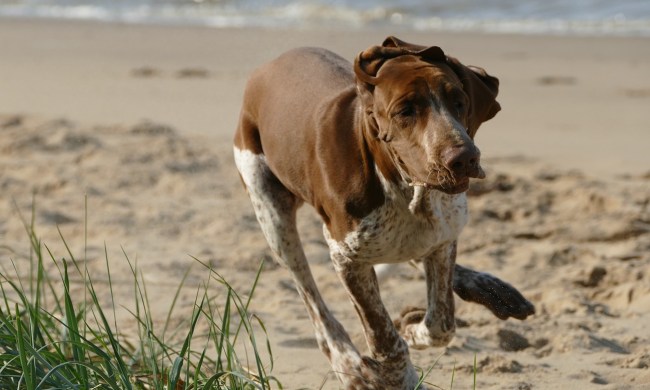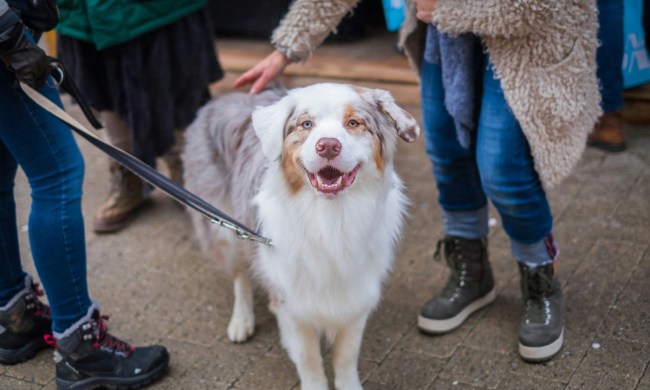Every dog breed has unique personality traits, physical features, and overall needs. Sometimes, you have to personalize grooming, food, toys, and exercise to the specific breed of your lovable pup. You may not have considered, however, the right leash for your dog’s breed. Certain dog breeds respond the best to certain leash types. The best leash will help them walk better, respond more effectively to your commands, and make them feel more secure in general.
So, check out the best dog leash type for your dog’s breed and see how much of a difference it will make on your walks.
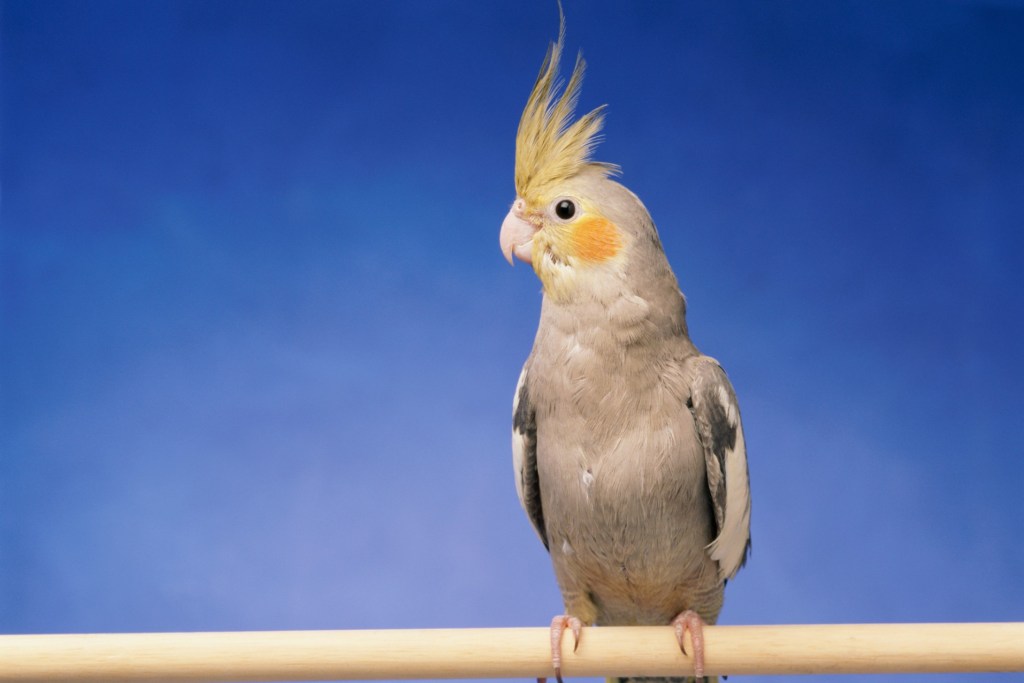
Standard dog leash
Every dog owner at some point or another has had a standard dog leash. These leashes are known for their classic design of a sturdy fabric leash with a metal clip at the end. They measure between 4 feet and 8 feet with 6 feet being the most common length. This 6-foot length allows for some sniffing freedom for your dog while also giving you easy control. This leash is best for most common breeds. It is great for high-energy dogs that need some controlling. It also works well for low-energy dogs. It is a universal leash for nearly all dog breeds.
Best for these breeds: Labrador retriever, beagle, golden retriever, bulldog, German shepherd, French bulldog, rottweiler, poodle, Maltese, boxer, dachshund, and more.
Retractable dog leashes
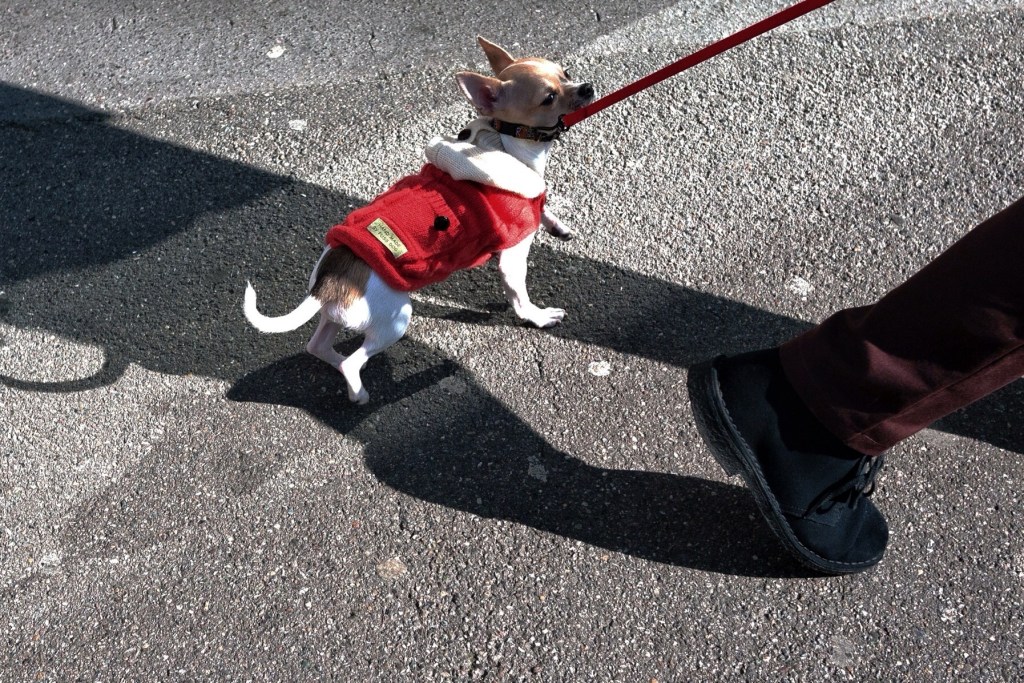
Retractable dog leashes usually get a bad rap because of their inability to control the dog very well. These types of leashes are best for small-sized dogs. Small dogs are easier to control due to their little size. This makes retractable dog leashes easier to use because you can reel them in with little to no effort. You can make these leashes into 6-foot leashes when needed for normal walks.
Best for these breeds: Maltese, pug, bichon frise, French bulldog, Yorkshire terrier, chihuahua, pomeranian, dachshund, shih tzu, and other small dogs.
Long line leashes
As you can tell from the name, long line leashes are very long leashes. They are typically used for training purposes with working dogs. Even though they make lightweight versions of this leash, it is still a lot to pull and carry, so it is best for medium to large-size working dogs. This type of leash has a clip fastener at one end and is usually at least 30 feet long.
Best for these breeds: German shepherd, Belgian malinois, labrador retriever, rottweiler, Bernese mountain dog, boxer, doberman, and more.
Slipknot leashes
Some leashes have a built in way to dissuade excessive pulling during walks. The slipknot leash is made of one, continuous rope that has an adjustable knot at the end. These leashes easily slip over your dog’s head and will tighten when your dog begins to pull. This leash is perfect for all dogs with a pulling problem and especially for high-energy dogs. High-energy dogs sometimes struggle with focus during training. A slipknot leash will allow your dog to be constantly reminded to not pull during walks and help make training a little easier on you.
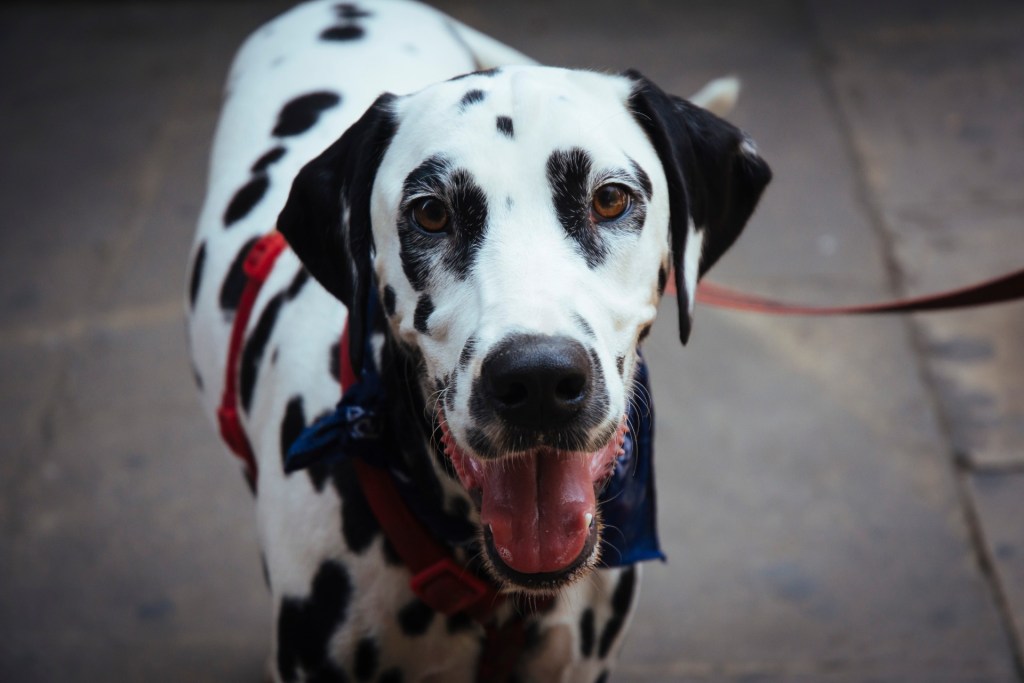
Best for these breeds: Australian shepherd, border collie, dalmatian, Siberian husky, labrador retriever, boxer, great dane, coonhound, and more.
Multiple dog leashes
Some leashes are designed to make walking more than one dog a lot easier. These leashes are designed to have one end that you hold that expands into two or more leash ends. It prevents leash tangling and promotes an easier walk. This type of leash is best for dog breeds that get along well with other dogs and are easy to train to minimize pulling.
Best for these breeds: Basset hound, golden doodle, English foxhound, golden retriever, German shepherd, cocker spaniel, vizsla, pug, and more.
Harness
You may not think of a harness as a type of leash, but it definitely is one. Many dogs love and benefit from harnesses. They are easier on their necks and control their whole bodies rather than just their heads. Harnesses give handlers more control over dogs, which makes this type of leash great for training. Harnesses are great for dog breeds that are large and strong. The harness puts pressure on its chest, which is more comfortable than on its neck.
Best for these breeds: Pit bull, German shepherd, labrador retriever, great dane, golden retriever, poodle, rottweiler, doberman, mastiff, and more.
Bike leashes
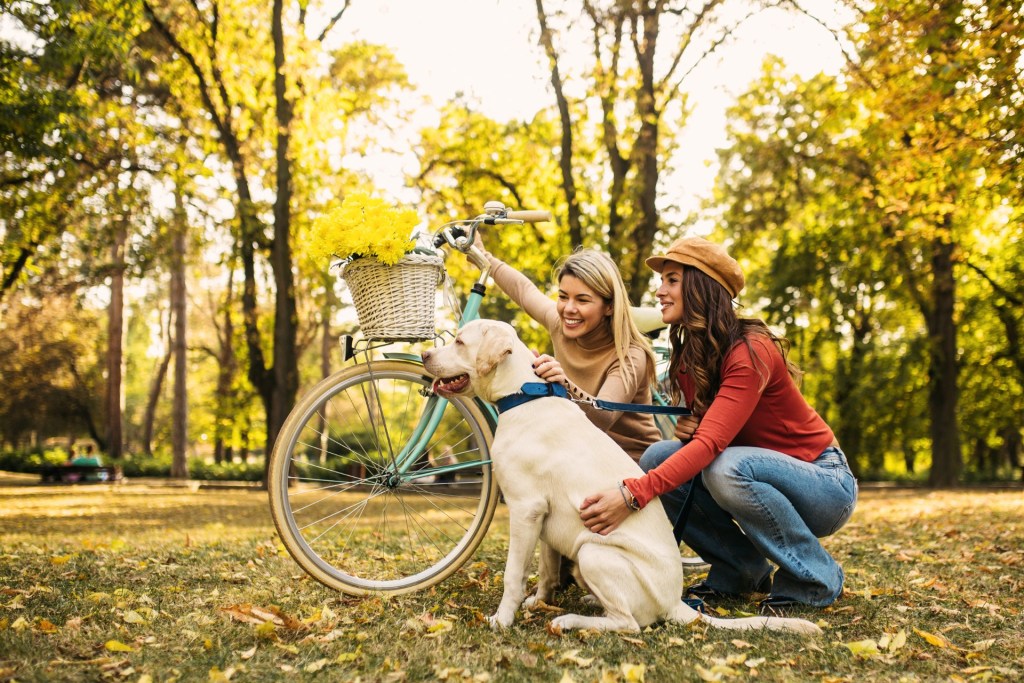
If you love bicycling and want to incorporate your dog into the fun, then a leash designed specifically for bikes is the best solution. Typically, this type of leash is best for dogs with high energy and stamina. Dog breeds that are known for long-distance running and incredible stamina will love this leash and the ability to run alongside your bike.
Best for these breeds: Vizsla, border collie, labrador retriever, golden retriever, Australian cattle dog, German shorthaired pointer, weimaraner, German shepherd, and more.
The perfect leash is out there for your dog; you just have to find it. Always consider your dog’s energy level, size, strength, and training capabilities when choosing the best leash. It is likely that many leashes could work for your dog. That is why it is important to consider other factors besides just your dog’s breed. Use this dog breed guide to get started in the right direction to finding the best, most comfortable leash for your favorite pup.
